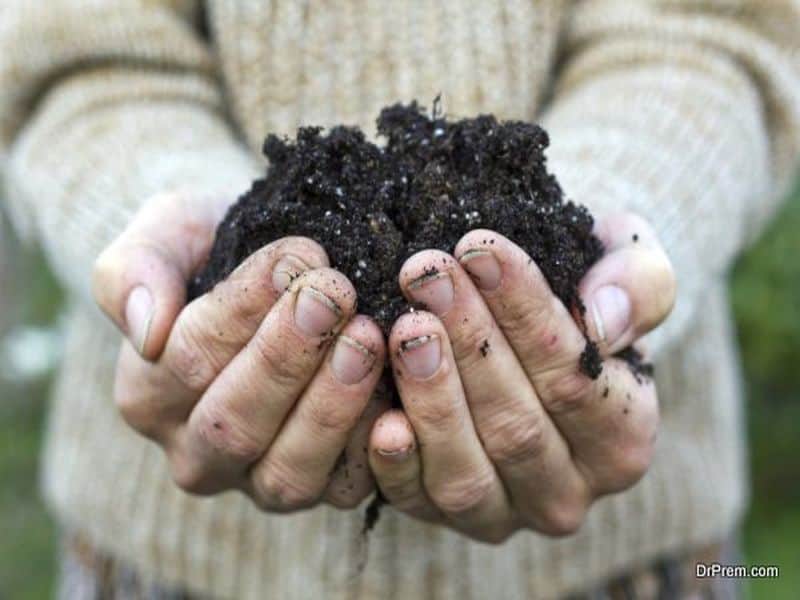Plants require good compost to fuel them. Effective compost is also important to retain the soil’s vitality and nutrition. However, people generally do not have time to keep waiting for their own compost to be ready for their soil and plants. Thus, here we talk about a few things that can make this process of composting fun for you while you develop your own compost within two-three weeks. Let us start by checking the items you can compost.
Things you can compost
Ranging from your stale vegetable greens to onion or garlic skins, you can use many of the waste products involved in cooking or used in your kitchen. You can even use things like waste or shredded paper, cardboard, coffee grounds, dry leaves, straw and hay, and fruit and vegetable scrap for composting purposes. You will basically require some materials that are carbon-rich and some that are nitrogen-rich, as your compost will require a balance of both the elements in a specific ratio.
How to start composting
If you are going for vermicomposting method, then it can be done discreetly in any available bin in your kitchen or home. If you do not have a proper bin, then you can also put holes in a storage container and make your own bin with a little drilling work. The bin is paced on a brick staying on a tray. This method is followed usually when the garden or lawn space is confined. In this method, you will need to bring some red wiggler worms for natural recycling. These worms stay on the surface of damp materials in the bin and decompose them. The resulting compost is quite nutritious for the soil and growth of plants.
While this method may take a longer time, you can also adopt the quick composting technique of creating a pile of materials and turning the layers frequently. This pile can be made at any place where you usually make compost. There is a high temperature of around 55-60 degrees Celsius required for composting.
How to do material shredding
When you go for hot composting method to make quick compost, you need to shred the materials very carefully. All the used materials should be shredded into fine pieces of about half to one and a half inch. This task can be done by using a shredder or chipper. It might take time to shred carbon-rich materials like paper, leaves or straw. However, nitrogen-rich materials like vegetable greens and plants can be easily shredded.
Balancing materials for composting
If you want to make quick compost, then it is also required to follow the balancing rules for materials at the time of making a pile. For around 30 parts of carbon-rich materials, you will need 1 part of nitrogen-rich materials. Thus, C:N is 30:1. Maintaining this balance can help in efficient and faster composting, as the bacteria act perfectly. While carbon offers energy to the pile, nitrogen supports the synthesis of proteins.
Tips for faster composting
While you can create layers of materials, it is okay to go for a mixture too. Thus, mix all shredded materials and place them in the form of a pile. Keep its height and width to around 3 feet each. To trap heat inside the pile, use a plastic or carpet sheet on the top. You can expect the temperature in the heap to rise within a day. When it feels slightly warmer after two days, give a turn to the materials. Push outer materials in the core and keep doing this after every two days. Turning can prepare your compost in about two weeks.
Summary
For faster compost making, you can go for either vermicomposting or hot composting method. Put your finely shredded and balanced materials in a heap and keep turning at right period for getting nutritious compost.


